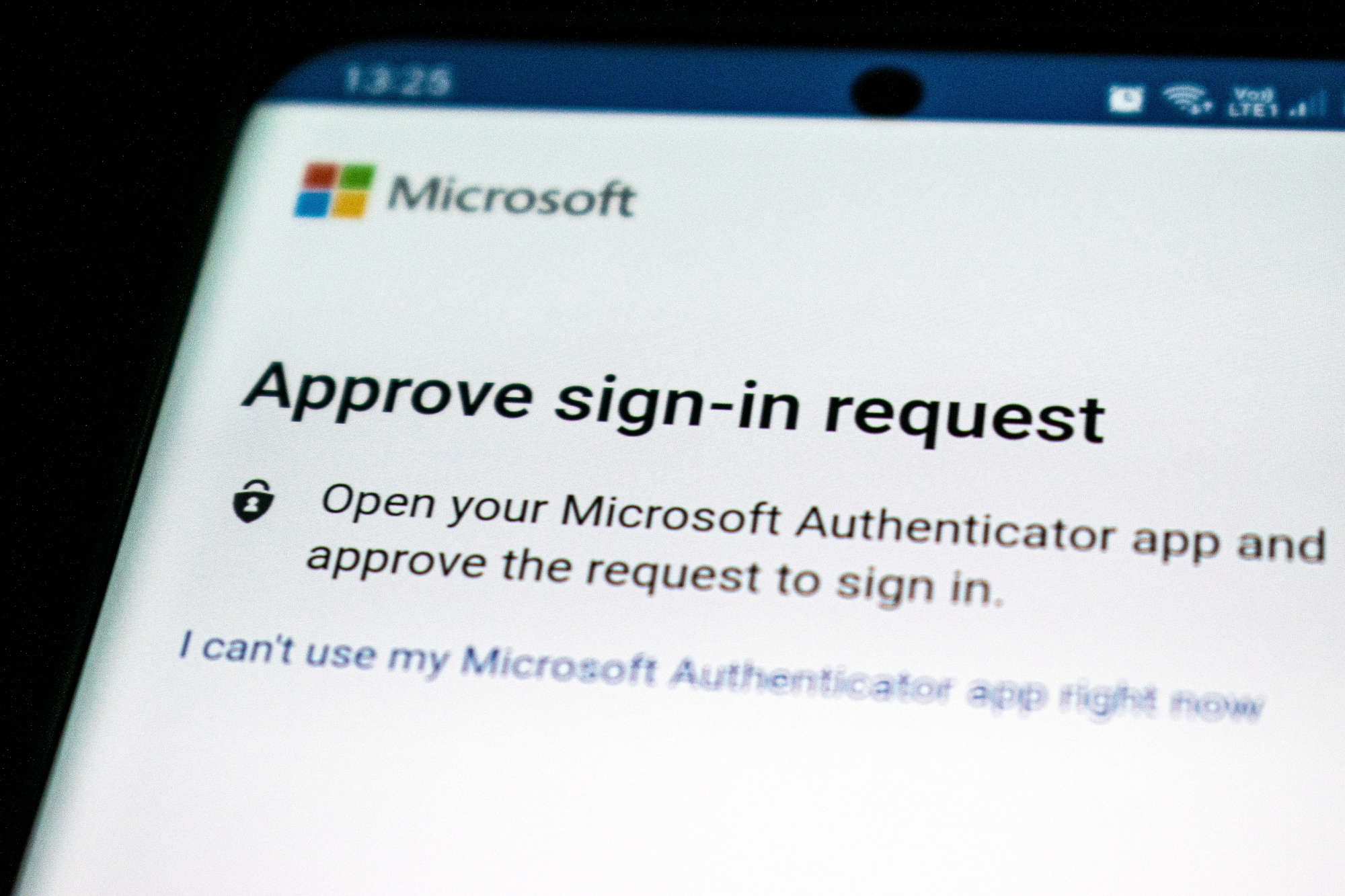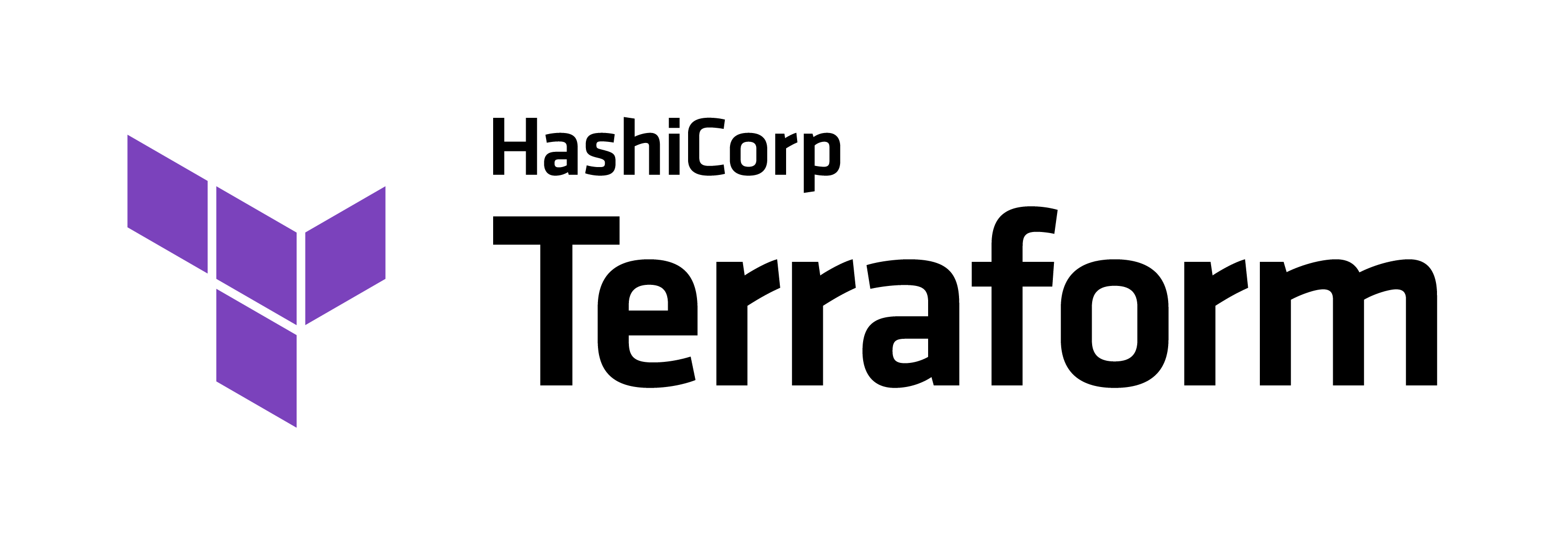We see many trends in Cloud security and here are the 15 biggest concerns in cloud security we’re seeing right now.
Data breaches: Data breaches can result from various factors, such as misconfigurations, weak access controls, or insider threats. We recommend implementing strong access control mechanisms, regularly auditing your cloud environment, and monitoring for suspicious activity.
Misconfigurations: Misconfigurations in cloud environments are a common cause of security incidents. Ensuring that cloud resources are configured according to security best practices is crucial. We advocate for adopting Infrastructure as Code (IaC) and automated security scanning tools to identify and remediate misconfigurations.
Insufficient identity and access management: Insufficient identity and access management (IAM) can expose organizations to unauthorized access to cloud resources. Implementing robust IAM policies, such as the principle of least privilege, is essential.
Insecure APIs: Insecure APIs can expose organizations to various security risks, such as data leaks and unauthorized access to cloud resources. We recommend implementing proper API security measures, including input validation, authentication, and encryption.
Account hijacking: Account hijacking is a significant threat in cloud security, where attackers gain unauthorized access to cloud accounts by exploiting weak or stolen credentials. We recommend implementing strong authentication mechanisms, such as multi-factor authentication (MFA), and monitoring for suspicious account activity.
Compliance challenges: Complying with various data protection regulations, such as GDPR, CCPA, and HIPAA, is a major concern for organizations using cloud services. Ensuring that cloud resources and processes adhere to these regulations is critical.
Shared responsibility model: Understanding and effectively managing the shared responsibility model is crucial in cloud security. While cloud providers are responsible for securing the underlying infrastructure, customers must secure their applications, data, and access.
Insider threats: Insider threats, both malicious and unintentional, pose a significant risk to cloud security. Implementing proper access controls, monitoring user activity, and promoting a security-aware culture can help mitigate insider threats.
Cloud service provider vulnerabilities: Vulnerabilities in cloud service providers’ infrastructure can expose organizations to security risks. Ensuring that your chosen cloud provider follows strict security standards and practices is essential.
DDoS attacks: Distributed Denial of Service (DDoS) attacks can disrupt cloud services and cause downtime. Implementing effective DDoS protection measures, such as traffic filtering and rate limiting, can help minimize the impact of DDoS attacks.
Data loss and recovery: Data loss in the cloud can result from accidental deletion, malicious activity, or infrastructure failures. Implementing robust backup and recovery strategies can help mitigate the risk of data loss.
Shadow IT: Shadow IT refers to unauthorized use of cloud services by employees without the knowledge or approval of the IT department. It can expose organizations to security and compliance risks. We recommend implementing strict policies, increasing visibility, and promoting a security-aware culture to address shadow IT challenges.
Limited visibility and control: Limited visibility and control over cloud resources can lead to security and compliance issues. Implementing centralized monitoring and management solutions can help organizations maintain greater control over their cloud environments.
Encryption challenges: Encryption is essential for protecting sensitive data in the cloud. However, managing encryption keys and ensuring consistent encryption across various cloud services can be challenging. We recommend implementing strong encryption methods, such as client-side encryption, and adopting key management best practices.
Container security: As organizations increasingly adopt containerized environments, such as Kubernetes, ensuring container security becomes critical. Implementing best practices, such as minimizing the attack surface, scanning for vulnerabilities, and enforcing network segmentation can help secure containers.
Learn More
Addressing these cloud security concerns requires a comprehensive and tailored approach, combining best practices, tools, and strategies specific to each organization’s cloud environment. At Sakura Sky, we collaborate with security teams, developers, and cloud providers to ensure a secure and compliant cloud infrastructure for our clients.
Contact us to learn more.








